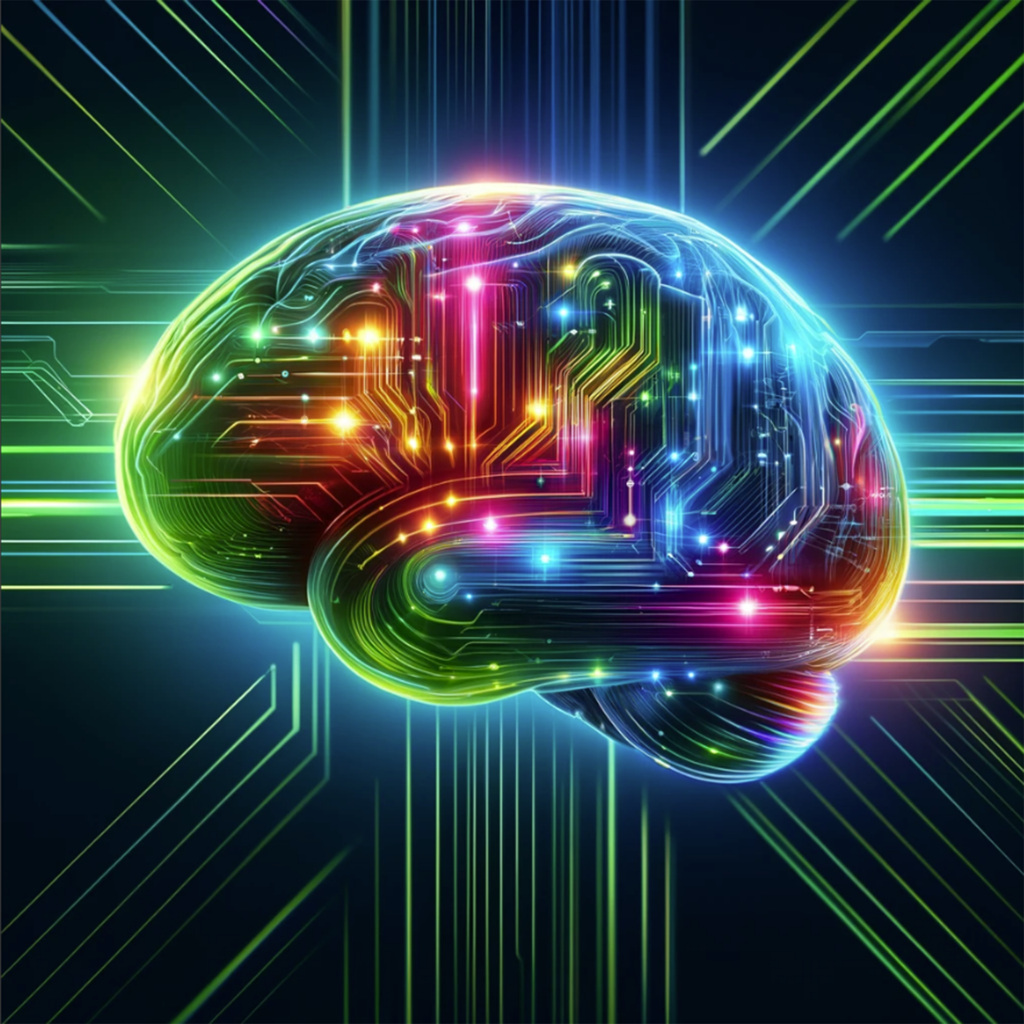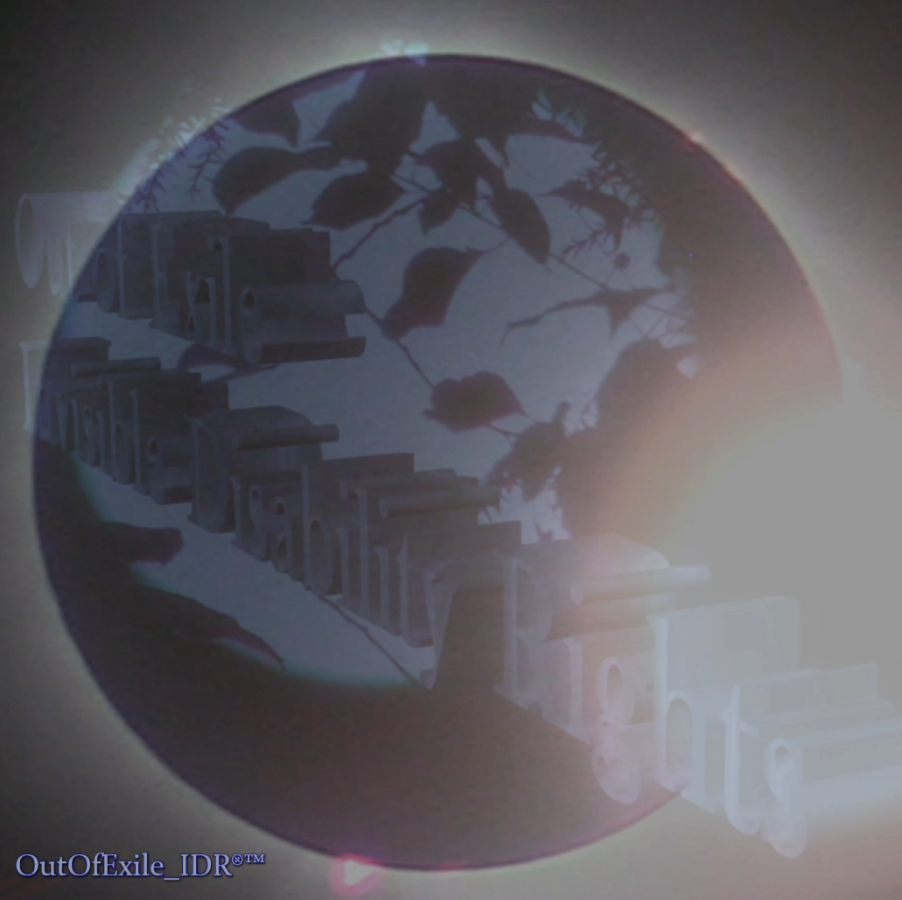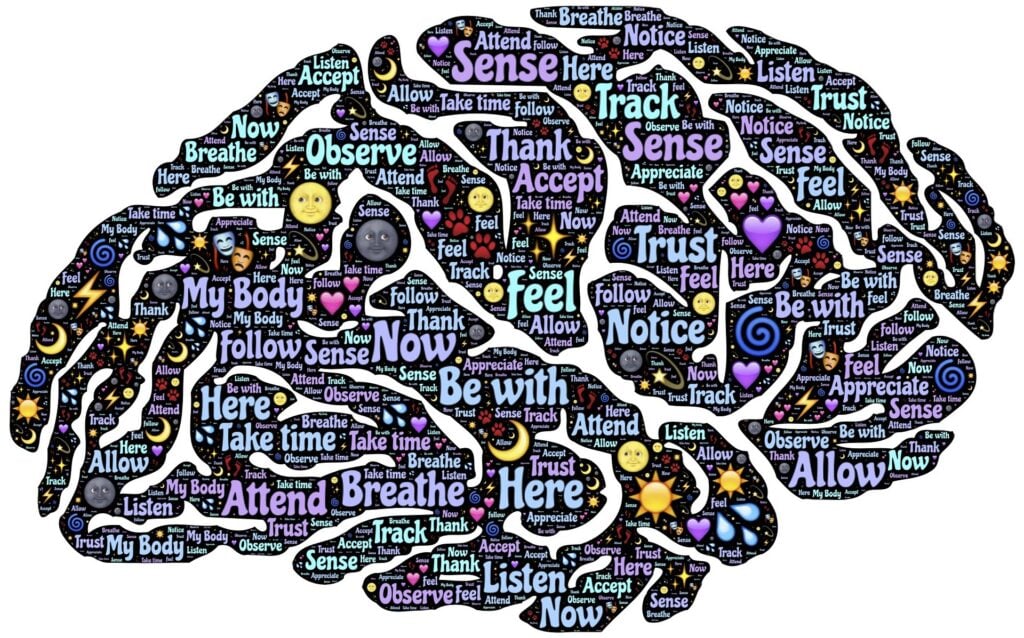“I Couldn’t Really Imagine, What it’s Like to not Imagine…” Photorealistic Imagination – Aphantasia – Hyperaphantasia
Imagine…rather picture.. no, visualize a place in your mi…..
What if none of these were an option for your brain? No going to your happy place, where the flowers are in bloom and the tea is hot? No being comforted by the golden sunset on the beach, or the vista from atop the mountain, in your minds eye. Yes, “I couldn’t really imagine what it’s like to not imagine…”
The experience of many people with aphantasia, is a lot like that, not having the ability to visualize or process mental imagery. Imagine your brain’s internal imaging ability, is like a television inside your mind. People with aphantasia, simply don’t have TV. It is not considered to be a medical condition, disorder, or a disability, and does not require diagnosis or treatment. It’s considered more of a different way of thinking.
It is estimated that 2 to 4% of people have aphantasia, but since many don’t realize they have it, the figure is likely inaccurate. Some of the earliest information on aphantasia, dates back to Sir Francis Galton’s observations in the 1880s about “non-visualizers”, but there was essentially no further exploration of the subject until recently. A group headed by Adam Zeman, at the University of Exeter, published a 2015 study entitled “Lives without Imagery – Congenital Aphantasia…”, first using the term for the anomaly.
Experts don’t know the cause of congenital aphantasia, but people with it, are likely to have a close relative that also experiences it. It’s believed that there may be a genetic link, for this reason. The causes of acquired aphantasia, beginning later in life, are still widely unknown. In some cases, it develops as a result of certain injuries, like brain injury and stroke, especially when damage to the occipital lobe occurs.
The phenomena can also be accompanied by memory issues, and difficulty recognizing faces. This is not to say, that people with aphantasia cannot retain information, or remember intricate detail. When giving descriptions, people with aphantasia will often cite detailed facts and data, rather than using imagery. Many are likely to be introverted, as well. Occupationally, they may work in science, data or technical fields, as opposed to creative ones.
Though aphantasia is not connected to autism, many with it, are likely to have autism-like traits. The brain’s cerebral cortex is thought to function differently, causing interference with mental visualization. The consensus on aphantasia considers, it is only a different way of thinking; suggesting the Neurodivergent, rather than the neurological. There’s still, so much to be learned about it.
Since it’s not considered to be a medical condition, it does not require diagnosis or treatment. Many with congenital aphantasia, lead virtually unaffected lives. Obviously for acquired aphantasia due to brain injury or stroke, there may be treatment involved. There is however, a test that has been developed called the “Vividness of Visual Imagery Questionnaire” (VVIQ). The 16 question test, measures an individuals ability to visualize.
With Hyperaphantasia, some people experience powerful image generation within the mind; or being said to have “Photorealistic Imagination”. “Typically, individuals with hyper-imagination are able to construct imagery that is beyond detailed and brightly outlined—resulting in some individuals having the capability even to experience a 360-degree vision..” –Paul Deretskiy.

Different brain connectivity patterns in people with hyperaphantasia that have been observed, seemed to underscore “the heightened sensory processing capabilities associated. I definitely experience photorealistic imagination as part of this phenomenon, and feel that it’s beneficial in many areas of my writing. From a young age, I have often painted pictures with words. Many people with aphantasia work in creative occupations, making use of their exceptional ability to visualize and create imagery.
Hyperaphantasia is slightly more prevalent than aphantasia and some who experience it, may also experience Synaesthesia. Synaesthesia is described as an intertwining of the senses, for example; seeing colored letters while reading, or having strong emotion, and seeing color when you close your eyes. Some reports cited, strong tastes that generate visions of geometric shapes. Hearing colors or seeing music is another way Synaesthesia has been described. Not everyone with hyperaphantasia experiences Synaesthesia.
“Enhanced Multisensory Imagery: Like aphantasia, hyperaphantasia can extend beyond visual imagery to enrich the vividness of other sensory modalities. Individuals with hyperphantasia often experience an enhanced ability to vividly recreate and manipulate not just visual but also auditory, tactile, olfactory, gustatory, and motor sensations.” –Tom Ebeyer, Aphantasia Network.
While one source claims that “effective strategies to utilize” hyperaphantasia “are still being developed”, some may argue “effective strategies” have already been developed by individuals with hyperaphantasia, to their benefit. Until researching this article, a few years ago, I was oblivious to hyperaphantasia, and its counterpart. Having experienced it all my life, learning about it was just a reinforcement of the way I think and create.
The contrast between aphantasia and hyperaphantasia, is just another fascinating reflection of the human mind. It seems I may know a bit about photorealistic imagination, as well as a little more about myself. Imagining what one with aphantasia may experience, not being able to visualize, I’m at a loss. I imagine it may feel… like “being blind in your mind”. Yes, I couldn’t imagine, “what it’s like not to imagine”.
Original article posted December 13, 2022 © OutOfExile_IDR
OutOfExile_IDR™ – © 2024

All writings, images, graphics, logos, and other content by: OutOfExile_IDR™ unless credited otherwise.
All Rights Reserved. No Scraping.
Featured Top Artwork – “Meditation Mindfulness” by John Hain
